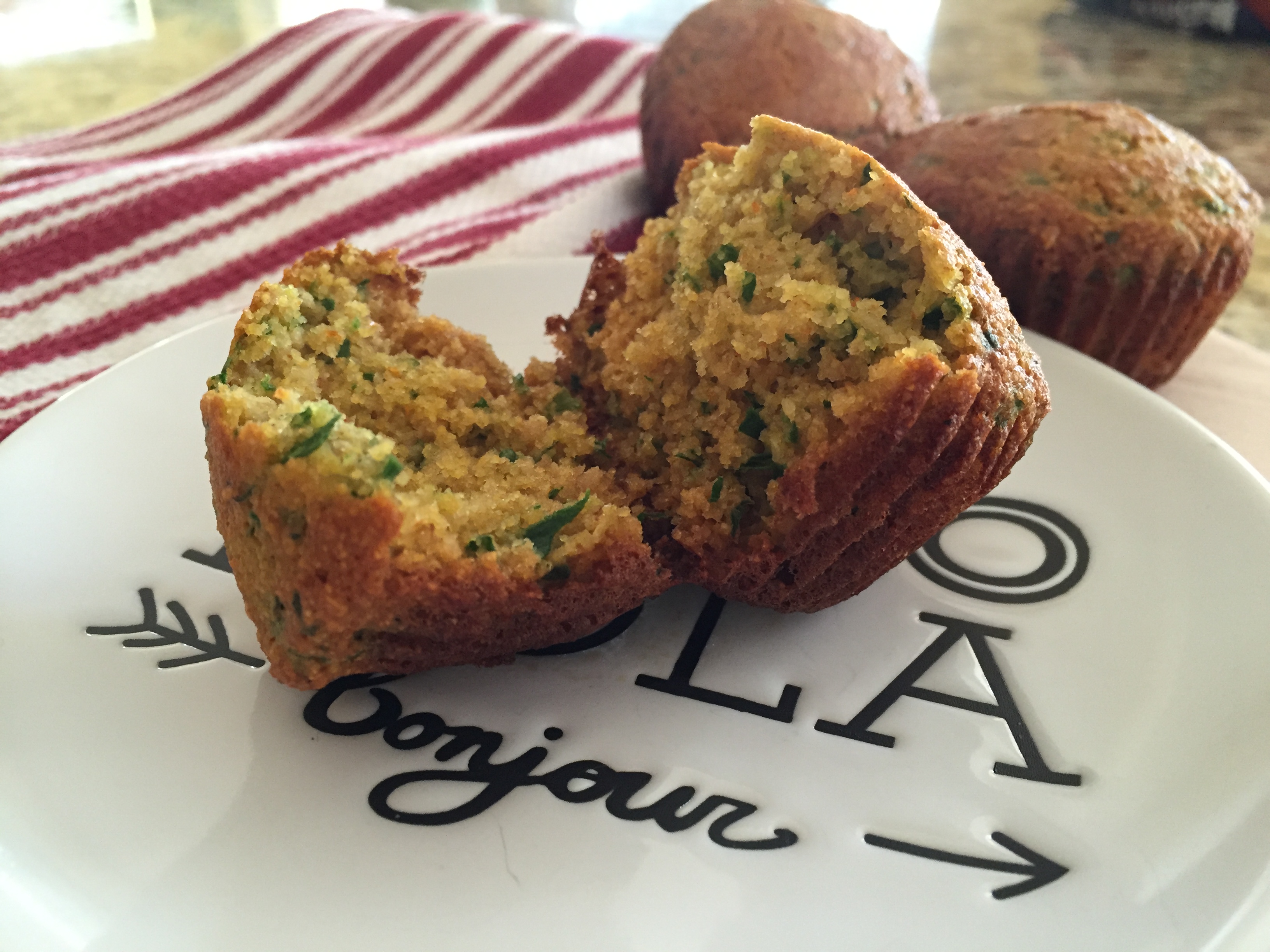Muffins are oftencreated with lots of sugar and refined grains, making them more of a treat than a breakfast staple. The 2015-2020 Dietary Guidelines for Americans1 recommends making at least halfof your grains “whole grains”. So how do you go about incorporating more whole grains in baking while still keeping things delicious? Here are my top 4questions and answers on whole grainsto you started.
Thinking Outside the (All-Purpose Flour) Box:
Q: Why do whole grains matter?
A: In addition to a host of nutrients, whole grains contain fiber, which helps to fill youup with less calories. Fiber can also help to lower blood cholesterol and reduce the risk of cardiovascular disease, obesity, and type 2 diabetes.2
Q: What are some good sources of whole grains?
A: Just like with fruits, vegetables, and protein, it’s good to try new grains to get the nutritional benefit of a varied diet and find things you enjoy. In addition to whole-wheat products, oats, corn, quinoa, brown rice, and barley are all easy-to-find and easy-to-cook options. Read the label to make sure the first ingredient listed is in fact a whole grain!
Q: I’ve never baked with anything other than regular white flour. How do I start adding whole grains and how do I know if it will taste good???
A: Start with one small change. Take a big scoop of old-fashioned oats and pulse them in your food processor or blender until you have oat flour (yep, it’s that easy). Store it beside your regular flour. The next time you are baking, swap 1/4 of the regular flour for oat flour. After that try subbing halfthe flour for oat flour. Most muffin and cookie recipes are quite forgiving and can handle up to half of the wheat flour being replaced with another grain.
Q: My family is really picky. What can I bake with whole grainsthat everyone will like?
Tonight with dinner we had these deliciouscornbread muffins using whole grain cornmeal and oat flour. They came together quickly in the food processor, and my kids asked me to pack the extras for their lunch. They are mildly sweet and the perfect size.
Spinach Corn Muffins (Adapted from Clean Eating Magazine)3
- 1 cup old-fashioned rolled oats (or 3/4 cup oat flour)
- 1 cup cornmeal
- 2 tsp baking soda
- 1/4 tsp salt
- 2 eggs
- 3/4 cup buttermilk
- 1/4 cup honey
- 2 1/2 tbsp avocado, canola, or safflower oil
- 3 oz baby spinach, finely chopped
- 2 1/2 tbsp fresh sage or other herb, minced
- Preheat oven to 375°F. In a food processor, blend oats to the consistency of flour. Add cornmeal, baking soda, and salt. Pulse to combine and pour into a large bowl. Addeggs, buttermilk, honey, and oil to food processor and pulse to combine. Fold wet ingredients into dry ingredients, and stir. Stir in spinach and sage.
- Divide batter evenly between12 muffin cups with paper liners. Bake for 13-15 minutes, or until a toothpick comes out clean when inserted in center. Let muffins cool in pan for 5 minutes before removing to a wire rack to cool completely.
Nutrients per serving (1 muffin): calories: 137, total fat: 5 g, sat. fat: 1 g, monounsaturated fat: 3g, polyunsaturated fat: 2g, carbs: 20 g, fiber: 3g, sugars: 7 g, protein: 3 g, sodium: 293 mg, cholesterol: 33 mg
- Office of Disease Prevention and Health Promotion. Top 10 Things You Need to Know About the 2015-2020 Dietary Guidelines for Americans. Health.gov website. http://health.gov/news/dietary-guidelines-digital-press-kit/2016/01/top-10-things-you-need-to-know/. Published January 7, 2016. Accessed January 24, 2016.
- United States Department of Agriculture. Grains: Nutrients and Health Benefits. Choosemyplate.gov website. http://www.choosemyplate.gov/grains-nutrients-health. Updated June 12, 2015. Accessed January 24, 2016.
- Clean Eating. Sage Corn Muffins. Clean Eating Magazine website. http://www.cleaneatingmag.com/recipes/sage-corn-muffins/. Accessed January 24, 2016.


